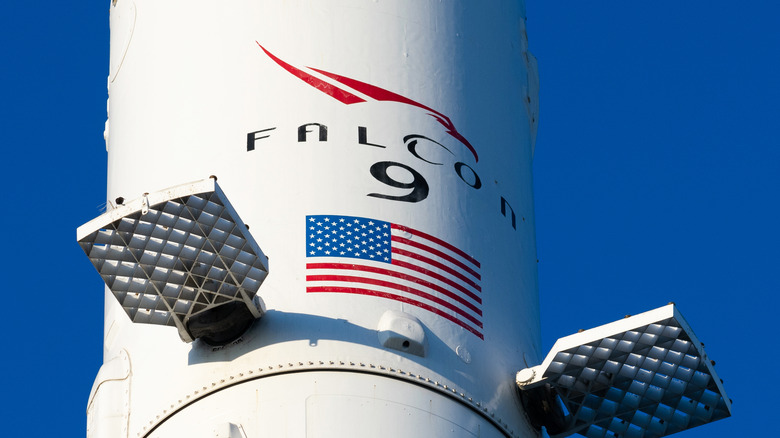SpaceX Launches New Batch Of Starlink Satellites Following Minor Delay
SpaceX's latest Starlink launch went according to plan, the company announced on Sunday. Unlike with some previous launches, tonight's rocket launch wasn't significantly delayed due to adverse weather conditions or other issues. The effort resulted in 22 satellites being delivered into low-Earth orbit (LEO), which will help the company deliver high-speed internet service to its subscribers around the world.
The launch was originally scheduled to take place at 9:50 p.m. ET from the Space Launch Complex 40 in Cape Canaveral — its usual launch spot. However, the company had set aside 10:41 p.m. ET as a secondary launch time if needed, and it ended up pushing back the launch to that later schedule only hours before the event.
This represents the booster's fourth flight, the company says — of the four launches, two were for putting Starlink satellites into space. The booster also successfully landed on its designated spot in the Atlantic ocean, meaning it can potentially be used yet again in the future. As with past SpaceX launches, the event was shared with the interested public in the form of a livestream, which was broadcast on both YouTube and the platform formerly known as Twitter.
Starlink satellites are useful, but polarizing
Starlink certainly fills a void for many people around the world, particularly those in underserved and rural regions where the available internet service is often overpriced, very slow, and with strict data caps. Unlike 5G home internet services, which utilize existing cellular networks, Starlink involves satellite dishes delivered to customers who use them to transmit and receive internet data from the constellation of LEO satellites. Over recent years, Starlink has expanded its availability to include services for RV and boat owners, as well as aircraft.
The service remains polarizing, however — not just due to the antics of its owner, but also because the position of the satellites in low-Earth orbit makes them the equivalent of a pest to astronomers. The satellites can reflect sunlight, temporarily disrupting astronomical observations as they pass by. These concerns aren't unique to Starlink satellites, but instead apply to any similar constellations, which also have the potential to interfere with radio telescopes. For its part, SpaceX has taken steps to address this concern by implementing a dark coating on the satellites that cuts down on reflections, among other things.
